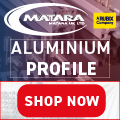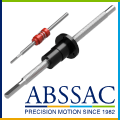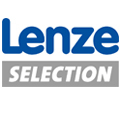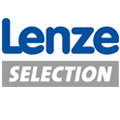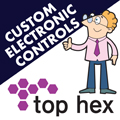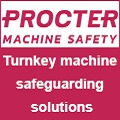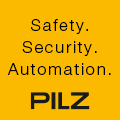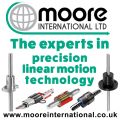
Posted to News on 17th Apr 2024, 14:00
The importance of the medical standard for medical devices
The medical standard places the highest demands on the safety of medical devices. By implementing the standard, manufacturers achieve better and more reliable processes and product quality at the highest level. With the successful certification of the medical standard and the perfect selection of all components and processes, SCHURTER says top-class HMI solutions can be developed for medical applications.
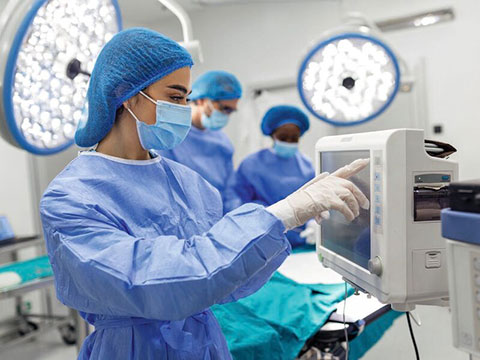
Due to the high requirements in medical technology, the development and integration of input systems, or HMIs, in these machines and devices requires specific expertise as well as innovative design and production methods. Numerous aspects play a role in the design of an HMI solution for medical applications.
A qualified technology portfolio is crucial for the optimal integration of components such as touchscreens, displays, and controllers. In addition, the individual process steps for manufacturing the complete solutions, such as glass printing, lamination, optical bonding and electronics, must be harmonised.
Focus on the user
When development and production are carried out in accordance with DIN EN ISO 13485, medical devices are designed, manufactured and tested in such a way that they do not cause any harm to the user, in this case the patient, in the event of a fault or total failure.
Manufacturers of medical products and suppliers of components must comply with many rules and regulations. When developing and manufacturing medical technology products, numerous legal regulations and standards must be taken into account and complied with in addition to technological aspects. Furthermore, manufacturers must also continuously check the validity and upcoming changes to relevant standards so they can adapt and optimise the product development process to the current requirements.
Key aspects of the medical standard DIN EN ISO 13485
DIN EN ISO 13485 is a standard designed specifically for quality management systems in the medical device industry. It specifies the requirements for a quality management system to ensure that medical devices comply with legal requirements and fulfil the needs of users. Regarding the manufacture of products and production processes, this results in the following requirements:
Documentation requirements: Manufacturers must ensure that all relevant aspects of their production processes and procedures are documented, including planning, validation and monitoring.
Risk management: This concerns the safety of medical devices. Manufacturers must demonstrate that they have identified and assessed risks and taken appropriate measures to minimise them.
Change management: Changes to products or production processes must be systematically evaluated and documented to ensure that the quality and safety of the products are maintained. This also applies to the validation of changes.
Supplier management: The standard emphasises that manufacturers must ensure that their suppliers also meet the quality requirements. This requires effective monitoring of the supply chain and careful selection of suppliers.
Validation and verification of processes: This requires manufacturers to ensure that their processes are suitable to produce high quality products and demonstrate this through appropriate validation or verification.
Traceability: This ensures that manufacturers are able to trace each individual product back to its production batch.
Risk-based approach
Risk management in accordance with DIN EN ISO 14971, is required for medical devices. Various methods, such as PHA (Preliminary Hazard Analysis), FMEA (Failure Mode and Effect Analysis), FTA (Fault Tree Analysis) or HAZOP (Hazard Operability) can be used to identify potential hazards. It is crucial to estimate the probability and severity of potential damage and the associated risks.
This assessment is used to determine the extent to which these risks are acceptable (risk acceptance) in order to take appropriate risk minimisation measures.
Compliance with MDR and FDA requirements
SCHURTER supports its customers in fulfilling the requirements of the MDR (Medical Device Regulation) and the FDA (Food and Drug Administration). Process reliability is ensured in HMI production in accordance with DIN EN ISO 13485. Complete traceability back to the production date is ensured, which guarantees the highest level of safety through a risk-based approach.
Range of medical applications
The range of medical applications is wide and varied, and each individual application must be optimally designed and customised with the appropriate components and input systems. SCHURTER offers an extensive portfolio of certified and safe products for use in high-quality medical applications such as in:
Surgical and intensive care medicine
Diagnostics
Laboratory
Dental
Physiotherapy and orthopaedics
Medical home care
29 Stocklake Industrial Estate
Pembroke Road
HP20 1DB
UNITED KINGDOM
+44 (0) 1296 319 000





